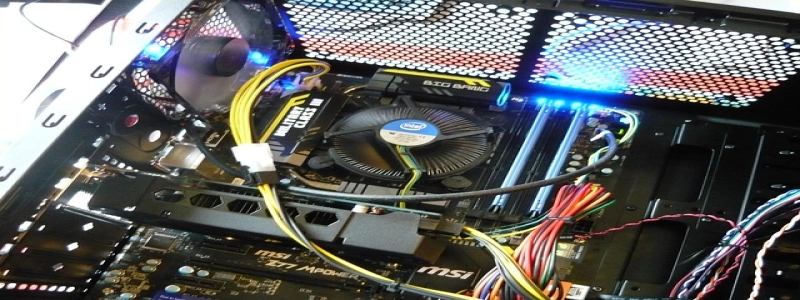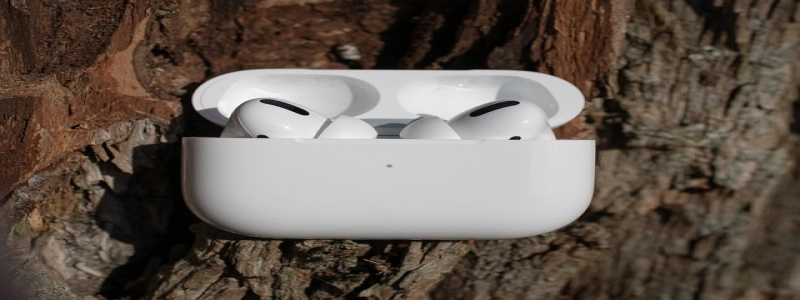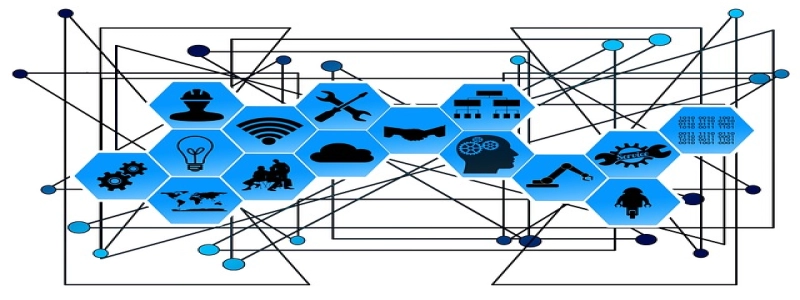Difference Between Cat5 and Cat6 Ethernet
Introduction:
Ethernet cables are used to transmit data between devices such as computers, routers, and switches. Two commonly used types of Ethernet cables are Cat5 and Cat6. Although they may appear similar, there are key differences between the two. This article will explore the differences between Cat5 and Cat6 Ethernet cables in terms of their specifications and performance.
I. Cable Construction:
Cat5:
– Cat5 Ethernet cables are made up of four twisted pairs of copper wires.
– The cables are typically unshielded, meaning they do not have any additional protective layer.
– Cat5 cables are easier to bend and maneuver due to their flexible construction.
Cat6:
– Cat6 Ethernet cables are also composed of four twisted pairs of copper wires.
– However, the pairs in Cat6 cables are tightly wound, which reduces crosstalk and improves signal quality.
– Cat6 cables have an additional outer layer known as the shield, which offers better protection against external interference.
II. Data Transmission Speed:
Cat5:
– Cat5 Ethernet cables are capable of transmitting data at a maximum speed of 1000 Mbps (or 1 Gbps).
– They are suitable for most common applications, including internet browsing, file sharing, and video streaming.
Cat6:
– Cat6 Ethernet cables have a higher transmission speed capability than Cat5.
– They can handle data transfer rates of up to 10 Gbps, making them ideal for demanding tasks such as high-resolution video streaming and gaming.
III. Signal Quality and Crosstalk:
Cat5:
– Cat5 cables have higher crosstalk, which refers to the interference between adjacent wires.
– This can result in lower signal quality and slower transmission speeds, especially over long cable lengths.
Cat6:
– Cat6 cables are designed to minimize crosstalk through tighter twisting of wire pairs and the use of shielding.
– This reduction in crosstalk ensures improved signal quality and more reliable data transmission, even over longer distances.
IV. Cost:
Cat5:
– Cat5 Ethernet cables are generally less expensive compared to Cat6 cables.
– They are a cost-effective option for basic networking needs in homes and small offices.
Cat6:
– Cat6 Ethernet cables are typically more expensive due to their higher performance capabilities and additional shielding.
– They are commonly used in professional settings that require faster data transfer speeds and larger bandwidth.
Conclusion:
In summary, while both Cat5 and Cat6 Ethernet cables serve the same purpose of connecting devices for data transmission, there are significant differences between them. Cat6 cables offer higher data transfer speeds, better signal quality, and improved reliability compared to Cat5 cables. However, Cat6 cables are more expensive, making Cat5 cables a suitable choice for everyday networking needs. Ultimately, the decision between Cat5 and Cat6 Ethernet cables depends on individual requirements and budget constraints.








